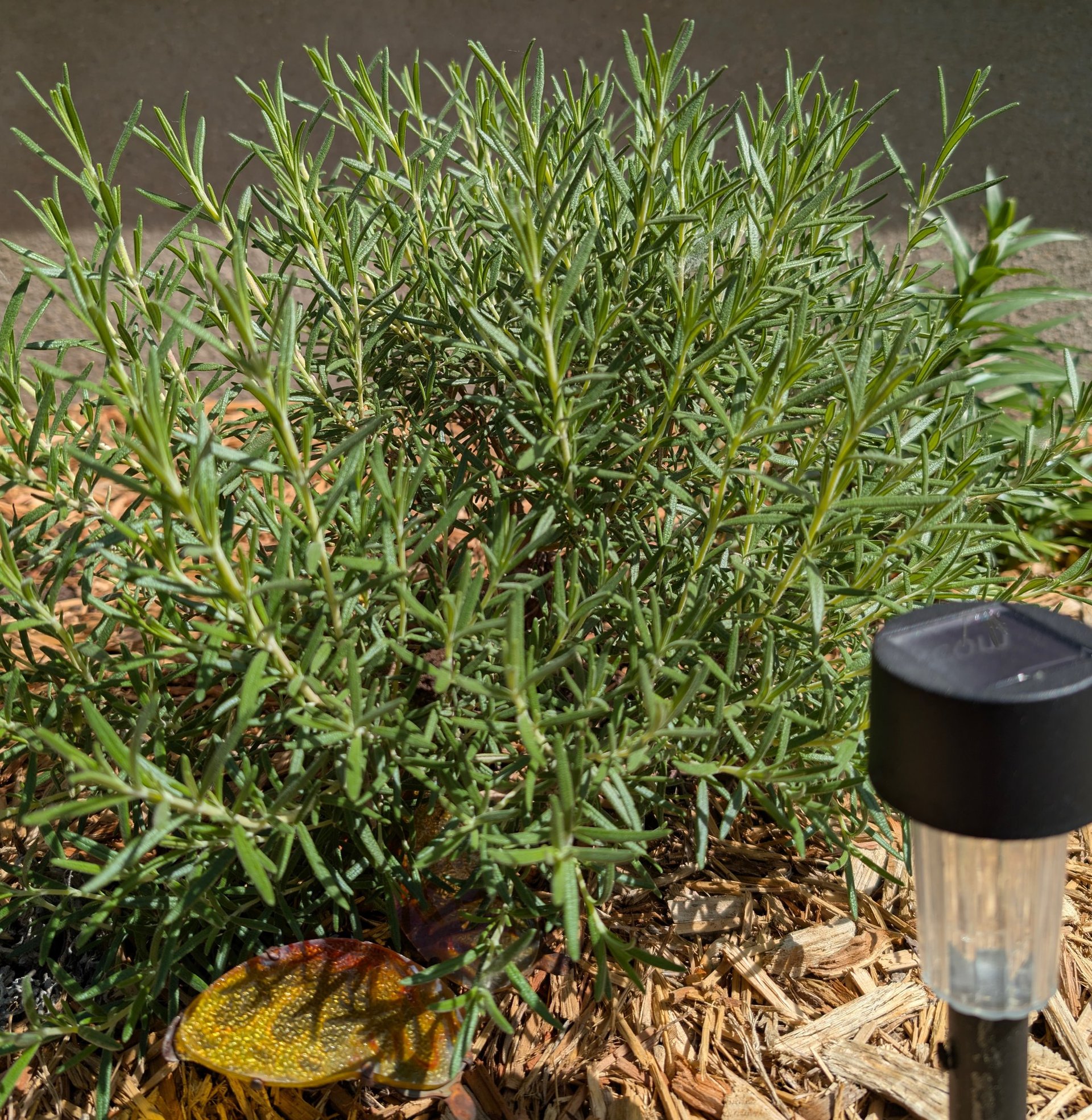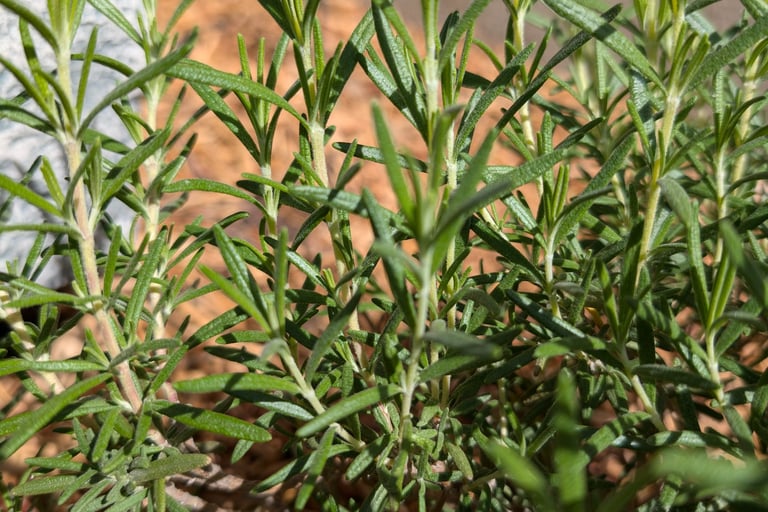
Rosemary Water: The Experience
An explanation and walkthrough of my first time making Rosemary Water, and other helpful tidbits about Rosemary, and Rosemary products.
We grow a variety of herbs, one of which is Rosemary. I've known of Rosemary tea and Rosemary Oil for a long time, but not much else.
Recently, I came across the topic of using Rosemary Water to stimulate hair growth. This caught my attention because I enjoy finding natural and healthier ways to create skin, hair, and food products. As well as the fact that we were already growing Rosemary.
Step 1: Research
Herbs have many benefits but they can also have side effects, drawbacks, or specific ways they are supposed to be used or consumed so it is important to research them and how to use them before proceeding.
Benefits:
Rosemary is edible and can be used in foods, teas, spices, and more. It is also used for aromatherapy as it can help with stress relief, focusing, and just relaxing in general. And of course, it also has many topical uses. Rosemary helps to stimulate hair growth and helps to fight acne and blemishes, has anti-aging properties, can soothe irritation or reduce puffiness, and tightens, tones, cleanses, and purifies the skin.
Drawbacks:
Despite it's many benefits, Rosemary still has its drawbacks. For example, Rosemary can cause allergic reactions. It is also very important to make sure that you aren't doing too high of a dosage of rosemary. Too much Rosemary can cause digestive upsets, seizures(especially in epileptic people), miscarriages', and menstruation as well as interfere with blood pressure and blood thinning medicine. Additionally, too high a dosage of rosemary oil can cause burns or toxicity if ingested, though that has more to do with the oil than the Rosemary itself.
Step 2: Gathering
Gathering Rosemary is pretty easily. All you need for that is a Rosemary plant and scissors. After you get your necessary tools, you cut a few of the larger stems, at the base of the plant. Following this you can either use the fresh Rosemary or dry it out.
If you are using fresh Rosemary, you want to do 1 branch per cup of water. Though it can be edited to suit personal preference(If you want it more diluted, add more water. If you want it stronger, add more Rosemary). You can boil either just the leaves or the leaves with the stem, them stem will make it stronger so if just the leaves, use slightly less water. Though, again, it is important to be cautious about having it be too strong.
If you are using dried Rosemary, you want to do 1 cup of water to 1 teaspoon of dried Rosemary. For a stronger blend, 1.5 to 2 teaspoons per cup. Steep longer to make it more concentration.
Step 3: Making The Water
Finally, Boil the Rosemary in the water until properly steeped. Next, strain the water. Then, grab your desired container, I used a spray water bottle, and fill it with the water. After that you should have Rosemary water fairly easily.
I had water left over and attempted to have some Rosemary tea, however, since I'd opted for a stronger concentration, which was fine for my hair, but not as good for consumption, I found it to be too strong as well as too concentrated to drink in a larger quantity. It is better to be safe than sorry.
Conclusion
I found making Rosemary water to be a fun and enjoyable experiment. We plan on trying out more herbal teas, remedies, products, etc..... If you're feeling up to it, I encourage you to try incorporating Rosemary into something, whether it be for skincare, hair, culinary, or other purposes.
Don't like Rosemary? Try something else if you can! Have a blessed any enjoyable day and feel free to leave a comment. Have you ever tried making Rosemary Water?
Rosemary Water: The Experience


This is the Rosemary in boiling water on the stove.


Rosemary Water in spray bottle




